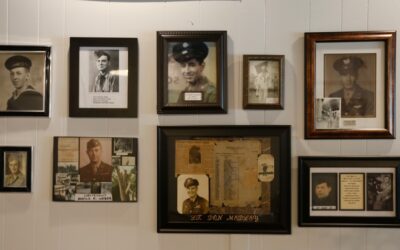
Mural of Harriet Tubman reaching out to help people on the Underground Railroad. (Kirt Morris/Unsplash)
Discover key sites in Virginia connected to the Underground Railroad and the courageous stories of freedom seekers and their allies.
From the 17th century through the mid-19th century, enslaved African Americans in the United States resisted bondage by seeking freedom through self-emancipation. These freedom seekers, along with their allies, formed the Underground Railroad—a network that played a crucial role in dismantling slavery and inspiring the civil rights movement. The National Park Service preserves this powerful history through its Network to Freedom program.
The Network to Freedom includes over 800 verified locations nationwide connected to the Underground Railroad. These sites invite the public to explore this pivotal chapter in American history. Here are 12 key stops in Virginia that highlight the resilience and courage of freedom seekers and their allies.
1. Great Dismal Swamp National Wildlife Refuge
Location: Suffolk
Year Designated: 2010
Open to the Public: Yes
The Great Dismal Swamp served as both a refuge and a route to freedom for thousands of enslaved individuals since the 17th century. Some sought temporary shelter to continue their journey to freedom in cities like Norfolk or Portsmouth, while others established maroon communities deep within the swamp. These communities allowed freedom seekers to sustain themselves off the land and evade recapture. During the Civil War, Union troops, including regiments of the United States Colored Troops, liberated and recruited enslaved individuals from the swamp.
2. African Methodist Society (Emanuel AME)
Location: Portsmouth
Year Designated: 2012
Open to the Public: Yes
Emanuel AME Church in Portsmouth played a significant role in aiding freedom seekers. Enslaved members, including Clarissa Davis and her siblings, escaped aboard vessels traveling north. Operatives like Henry “Bluebeard” Lewey and Eliza Bains were instrumental in assisting these escapes. Church records from the 1840s show a significant decline in membership, reflecting the large number of congregants who fled to freedom.
3. James A. Fields House
Location: Newport News
Year Designated: 2014
Open to the Public: Yes
The home of James A. Fields represents his remarkable journey from enslavement to freedom. Born into slavery in 1844, Fields escaped and joined the Union army. He later graduated from Hampton University and Howard University Law School, becoming a teacher, lawyer, and the first Black judicial officer in Warwick County. His house serves as a testament to his accomplishments and his role in advancing civil rights.

Exterior of the James A. Fields house in Newport News, Va. (JERRYE & ROY KLOTZ. M.D./CC BY-SA 4.0)
4. Fort Monroe: Freedom’s Fortress
Location: Hampton
Year Designated: 2012
Open to the Public: Yes
Known as “Freedom’s Fortress,” Fort Monroe was a sanctuary for enslaved individuals during the Civil War. In 1861, General Benjamin Butler declared that escaped slaves would not be returned to their enslavers, labeling them “contraband of war.” This policy led to the establishment of the Grand Contraband Camp, where freedom seekers found refuge and contributed to Union efforts.
5. Appomattox Plantation
Location: Hopewell
Year Designated: 2012
Open to the Public: Yes
Located at City Point, now part of Petersburg National Battlefield, Appomattox Plantation was a site of numerous escapes. In 1862, 106 enslaved individuals owned by Richard Eppes fled to freedom. Their stories, documented in court records and personal accounts, connect the beginnings of slavery in Virginia to its eventual abolition.
6. Petersburg Court House
Location: Petersburg
Year Designated: 2003
Open to the Public: Yes
In 1858, the trial of Captain William Baylis for aiding runaway slaves aboard the schooner Keziah brought national attention to Petersburg Court House. Baylis’ conviction highlighted the risks faced by Underground Railroad operatives and the challenges of navigating a legal system designed to uphold slavery.
7. Tangier Island
Location: Tangier
Year Designated: 2014
Open to the Public: Yes
During the War of 1812, Tangier Island served as a British naval base and haven for nearly 1,000 enslaved individuals escaping nearby plantations. Many freedom seekers reached the island’s shores before being transported to Fort Albion, where they found safety and freedom.

During the 1800s, freedom seekers reached the shores of Tangier Island before being transported to Fort Albion, where they found safety and freedom. (Virginia Tourism Corporation)
Virginia Tourism Corporation, www.Virginia.org
8. Kitty Payne Site, Rappahannock County Jail
Location: Washington
Year Designated: 2015
Open to the Public: Yes
The Rappahannock County Jail was central to the legal battle of Kitty Payne, an emancipated woman who was kidnapped and returned to Virginia in 1845. While awaiting her court case, Payne and her children were incarcerated in the jail. Her fight for freedom illustrates the legal hurdles faced by formerly enslaved individuals in claiming their rights.
9. Moncure Conway House
Location: Falmouth
Year Designated: 2004
Open to the Public: Yes
Moncure Conway, a Southern abolitionist, used his family home to lead over 30 enslaved individuals to freedom. The house’s owners, members of the Stafford County Historical Society, continue to promote public awareness of Conway’s humanitarian efforts.
10. The Old Jail (Fauquier History Museum)
Location: Warrenton
Year Designated: 2015
Open to the Public: Yes
The Old Jail in Warrenton, now a museum, housed numerous enslaved individuals captured while attempting to escape. Court records and advertisements reveal the jail’s role in enforcing slavery and highlight the institutionalized oppression faced by freedom seekers.
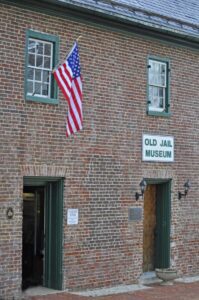
Old Jail Museum in Warrenton, Va. (Heather Paul/CC BY-ND 2.0)
11. Buckland Farm
Location: Gainesville
Year Designated: 2015
Open to the Public: Yes
Buckland Farm’s history includes numerous escape attempts by enslaved individuals. The farm’s owners, paradoxically defenders of free African Americans, were also enslavers. Advertisements for escaped individuals like Jane and Robin illustrate the persistent resistance to bondage.
12. Leesylvania
Location: Woodridge
Year Designated: 2006
Open to the Public: Yes
Leesylvania State Park in Prince William County is a 508-acre tract of a 2,000-acre estate patented in 1658. The site, meaning “Lee’s Woods,” was home to Henry Lee II and the birthplace of Henry Lee III, a Revolutionary War hero and father of General Robert E. Lee. Nineteenth-century owners included Charles Lee, Martha Lindsay Fairfax Robertson, and Lt. Col. John Walter Fairfax. A notable part of these farms was the fishery at Freestone Point, which remains part of the park today.
The site is significant to the Underground Railroad due to its association with 17 runaways. Cate and Sinah, 18th-century runaways, were advertised in the “Virginia Journal and Alexandria Advertiser” on October 21, 1784. Nineteenth-century runaways listed in the “Alexandria Gazette” include Andrew and James (June 12, 1807, Leesylvania Farm); Daniel (February 25, 1848, Freestone Farm); and Henry, Betsy, Tom, Armstead, Littleton, Abram, and Moses (August 15, 1856, Ohio Farm).
The Confederate Battery at Freestone Point is also notable. On September 23, 1861, five African Americans escaped to the U.S. Steam Sloop Seminole, providing intelligence on Confederate troop numbers and the battery’s location.
This article first appeared on Good Info News Wire and is republished here under a Creative Commons license.
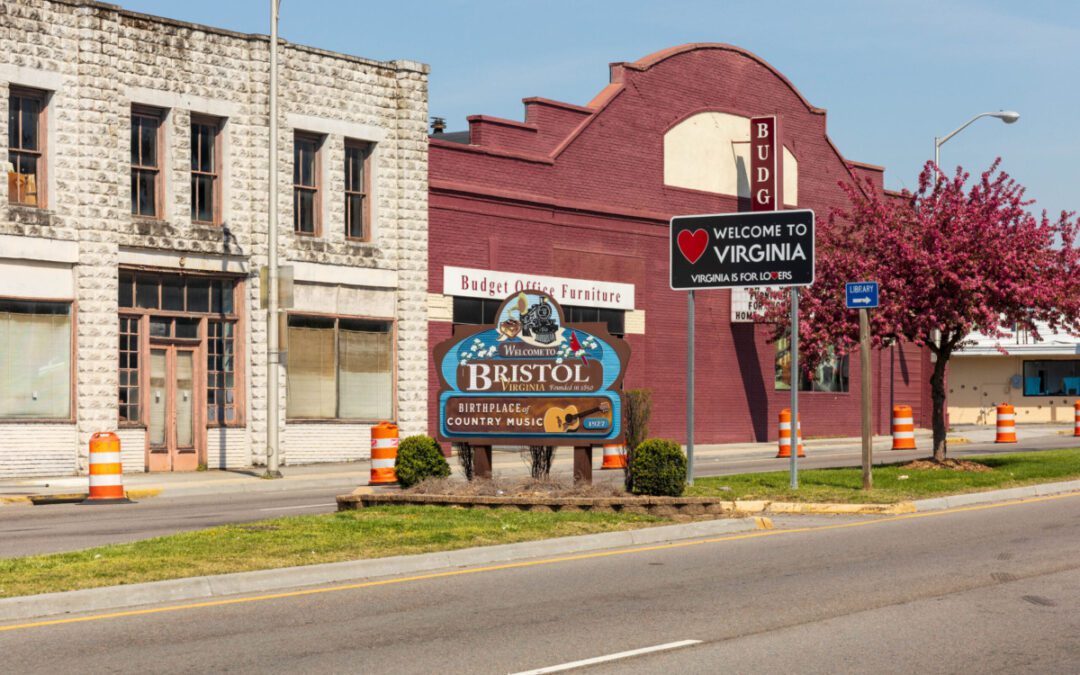
Southwest Virginia’s surprising country music history
Country music has deep roots in Southwest Virginia. Here’s what you need to know about its history. When most people think of country music, they...
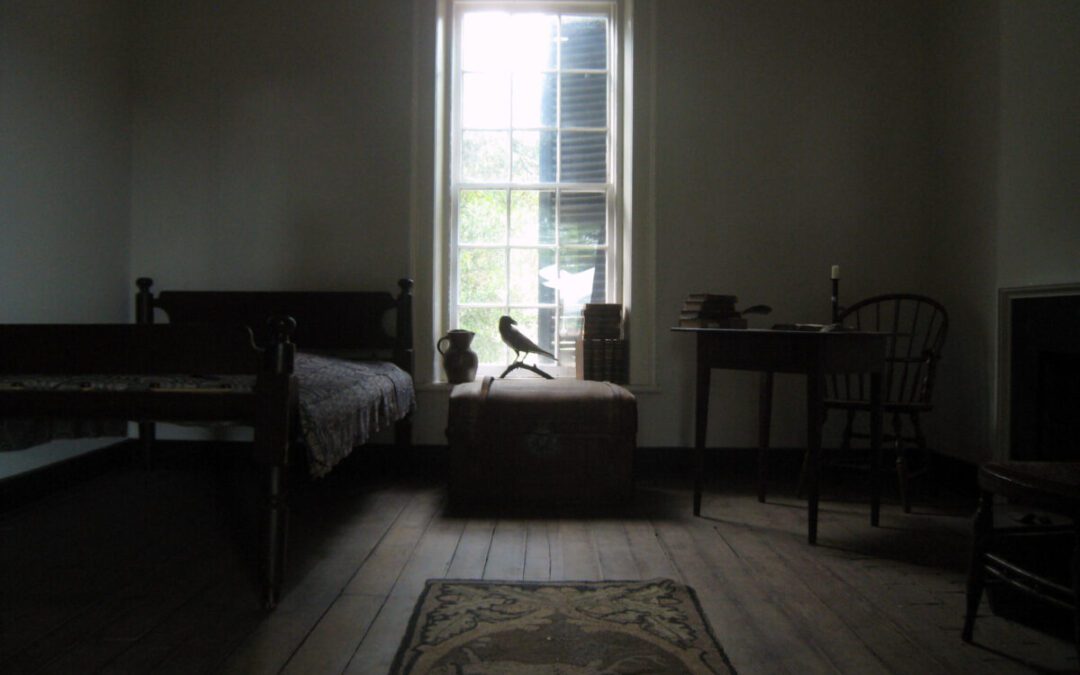
6 creepy facts about Virginia that textbooks leave out
Most textbooks recap specific, traditional details. Here are six creepy facts about Virginia you might not know. I’ve always been drawn to the...

11 famous people who are buried in Virginia
The number of famous people buried in Virginia is higher than you might think. Here are 11 names you’re sure to recognize. When it comes to where...
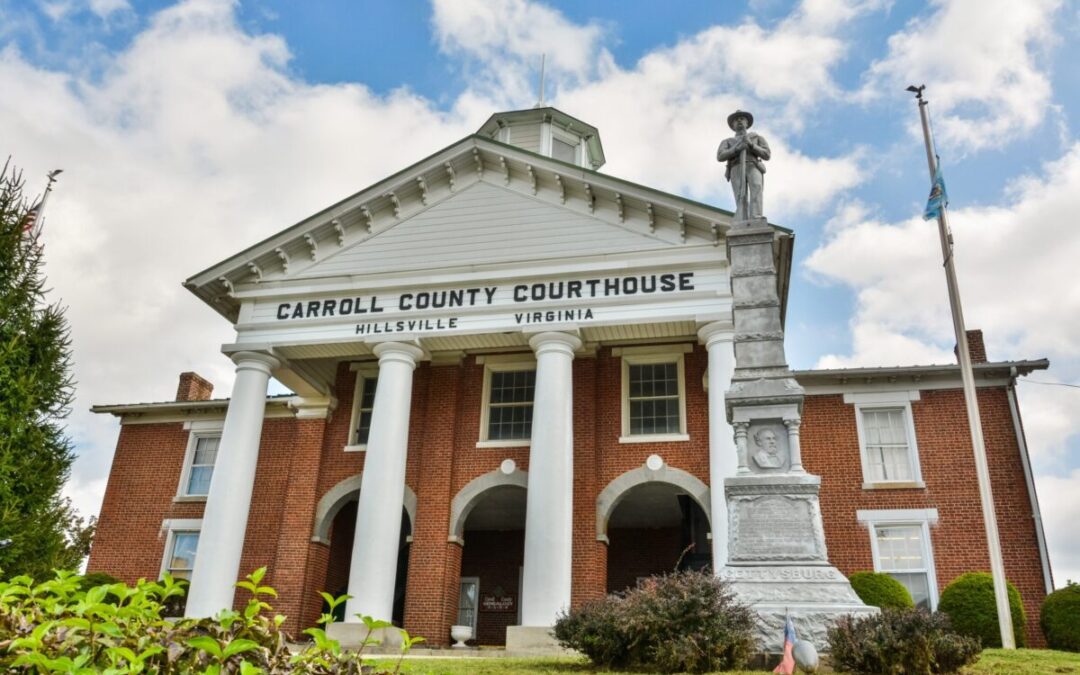
The Hillsville Massacre: How a stolen kiss led to 5 deaths & a century of unanswered questions
The Hillsville Massacre of 1912 is one of Virginia’s strangest historical cases. Here’s everything you need to know about the Carroll County...

5 Virginia startups that competed on ‘Shark Tank’
From sweet potato pies to plant-based Mediterranean food, discover what these Virginia companies that competed on “Shark Tank” are cooking up. From...

Yes, Virginia actually has volcanoes. Here’s what to know
Here’s the surprising history of Virginia’s volcanic past, including Mole Hill and Trimble Knob. When most people think of Virginia, volcanoes don’t...





